4 March 2017 Schönfelde Launch: 51 Pegasi b, Schellin, and an Explorer Trio
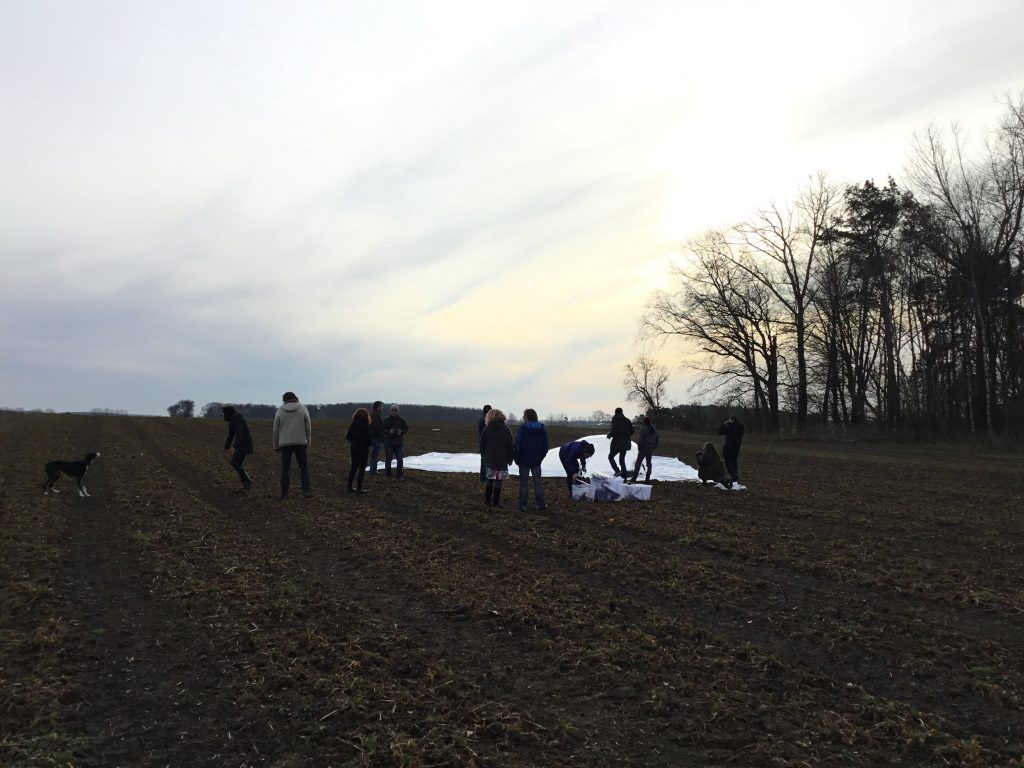
Arriving in Schönfelde, a field in Brandenburg, Germany, just after sunrise, members of the Aerocene team met Radioamateurs Sven Steudte and Thomas Krahn, and quickly began setting up for our launch. Spirits were high – we brought five Aerocene solar sculptures to the site, hopeful that the weather conditions would allow for a series of successful launches.
The best time for launching sculptures is early in the morning, because at this time, wind speeds and outside temperatures are relatively low, both important factors in achieving a powerful lift. Each Aerocene sculpture floats without burning fossil fuels, without batteries, and without helium, hydrogen or other rare gases. Their thermodynamic rise utilises only the power of the Sun, air, and wind currents.
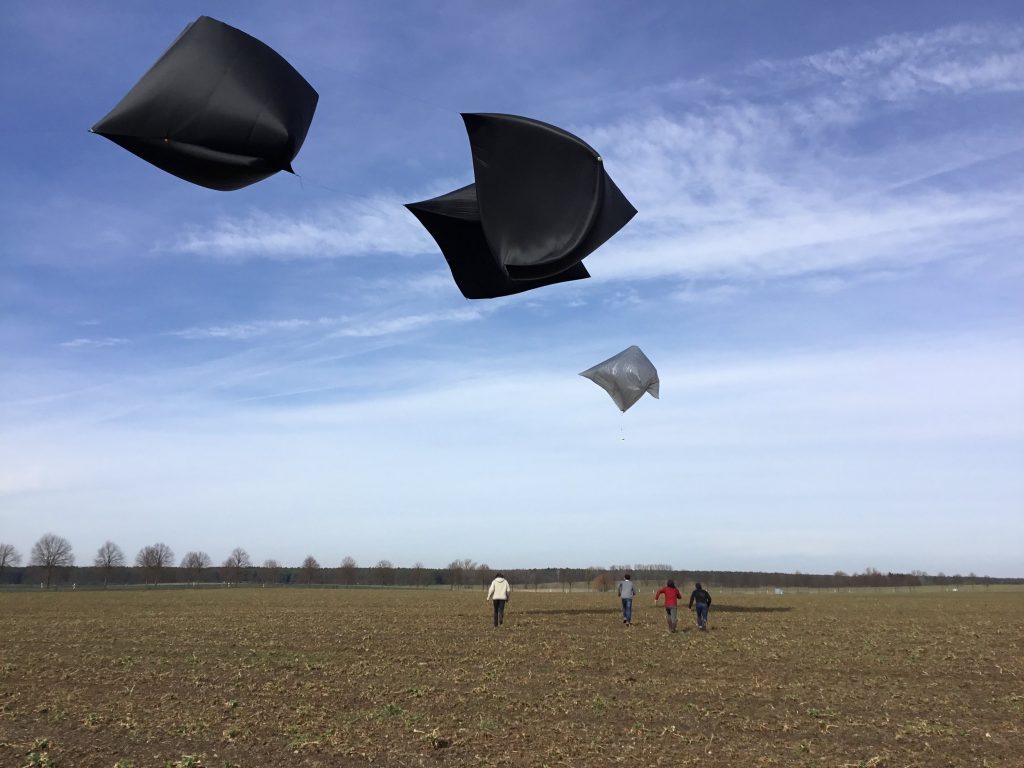
A trio of Aerocene Explorer sculptures was the first to be launched. Two of us held the Explorer open and started to run, sealing it quickly after it filled with collected air.
Once the Explorers sufficiently heated, they began to float. The temperature differential becomes acutely visible with the aid of an infrared camera, which detects the amount of heat emitting from people or objects.

Soon all three Explorers were in the air. Remaining afloat throughout the launch, the tethered family of sculptures danced through the air, their movements choreographed by the push and pull of the winds.
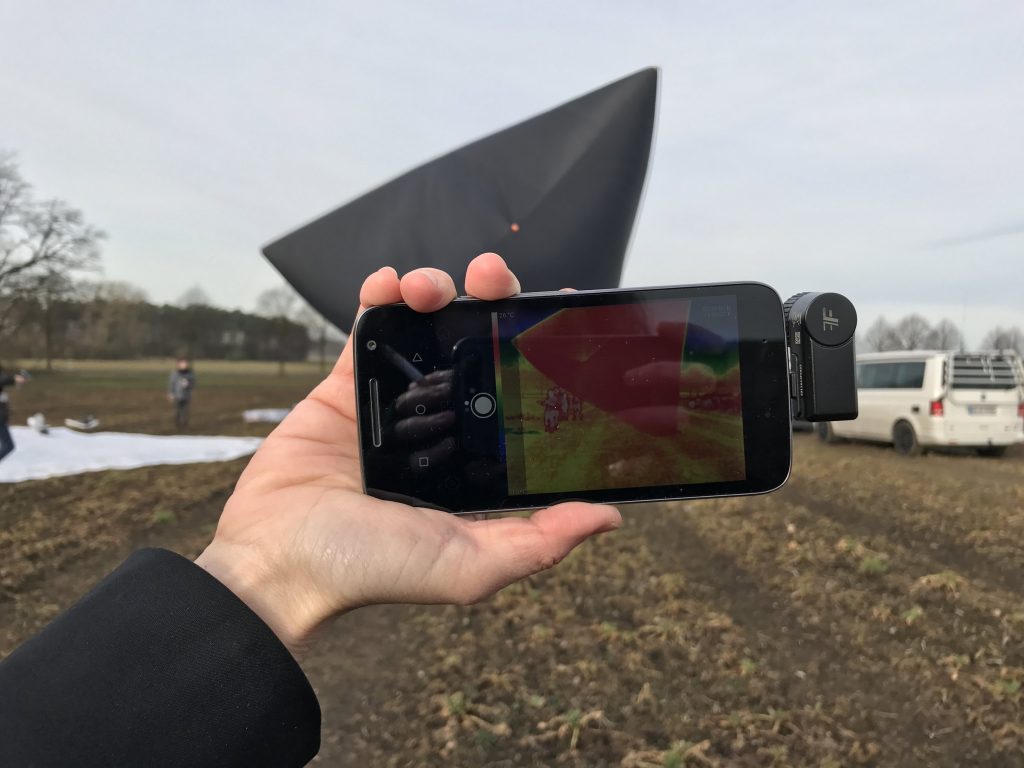
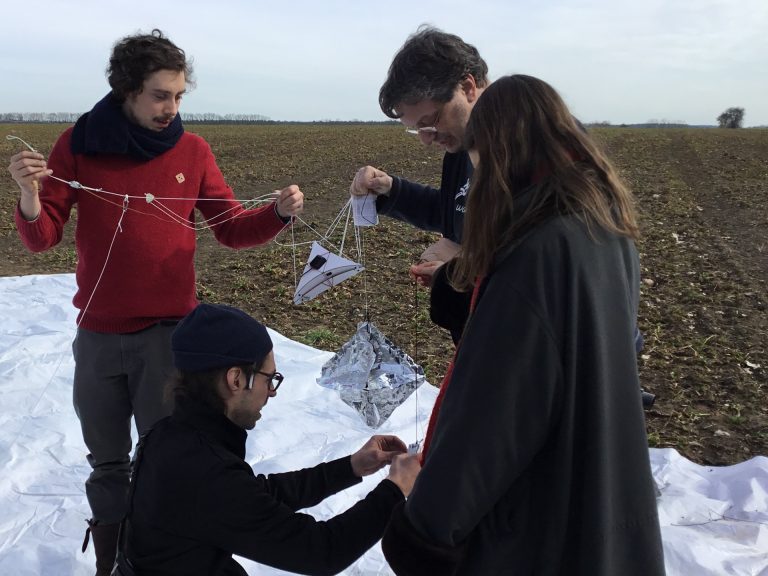

The 51 Pegasi b, a new large lightweight (9 g/sq. m) sculpture, began to inflate. As we planned to launch it without a tether, we had already secured flight permission and alerted aviation authorities to the flight.

In the days leading up to the launch, many people had tried to estimate where the Pegasi might land by checking weather forecasts and using the Float Predictor, a global forecasting system that utilises open meteorological data to predict the flight paths of Aerocene solar flying sculptures.
An online challenge was issued to try and predict the landing point of the Pegasi on this map.


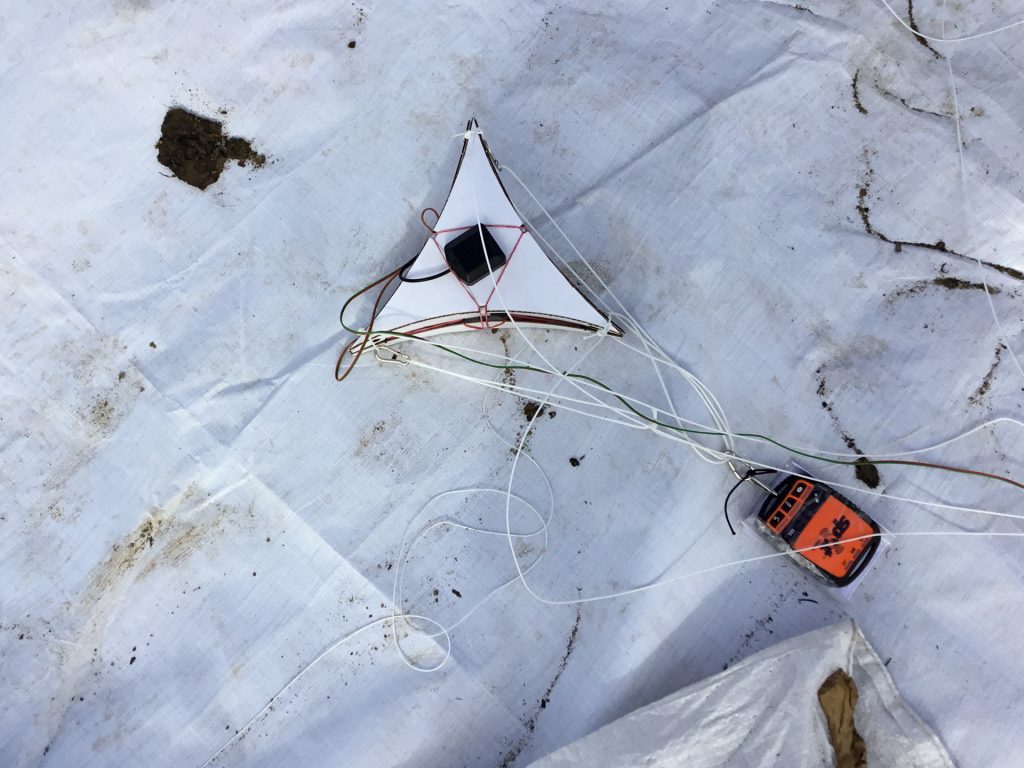
After the Pegasi inflated, we attached its payload.
The payload comprised the following sensing devices: a Pican Pica tracker, SPOT satellite GPS tracker, a GoPro camera, APRS byonics, and a radar reflector. Thanks to Sven Steudte (Radioamateur) for providing his Pican Pica for this launch.

The Pegasi warmed in the Sun, and we prepared for lift off.
After running with the Pegasi, it soon began to rise. It was released into the sky, rapidly lifting and floating with the wind, away from sight.
The Pegasi’s float trajectory was tracked on the APRS website.
Wilhelm-Hack-Museum (Ludwigshafen, Germany) and Museum Haus Konstructiv (Zurich, Switzerland) were following along live as well, having supported this launch as a part of Tomás Saraceno’s solo exhibition Aerosolar Journeys, which we cordially invite you to visit.
The Pican Pica camera began to transmit some fascinating aerial photos from onboard the Pegasi.
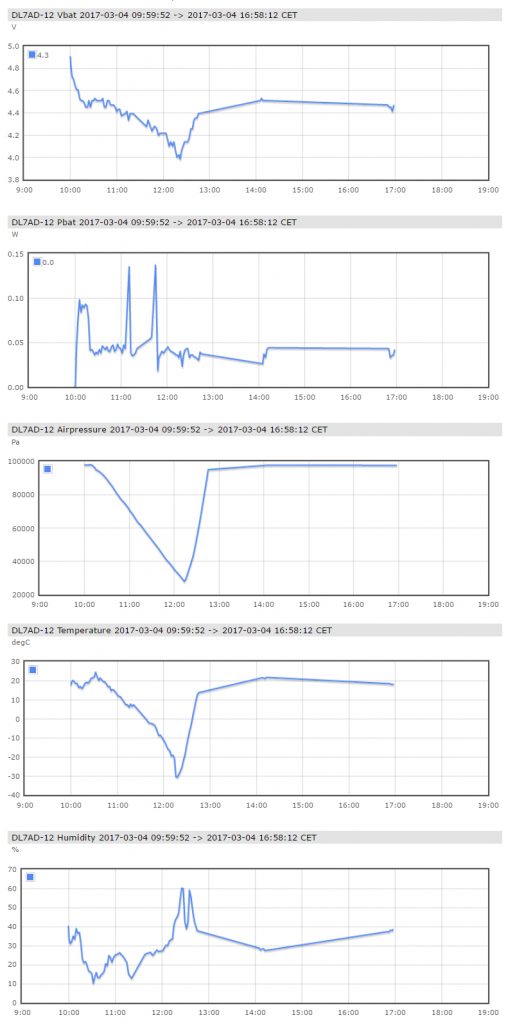
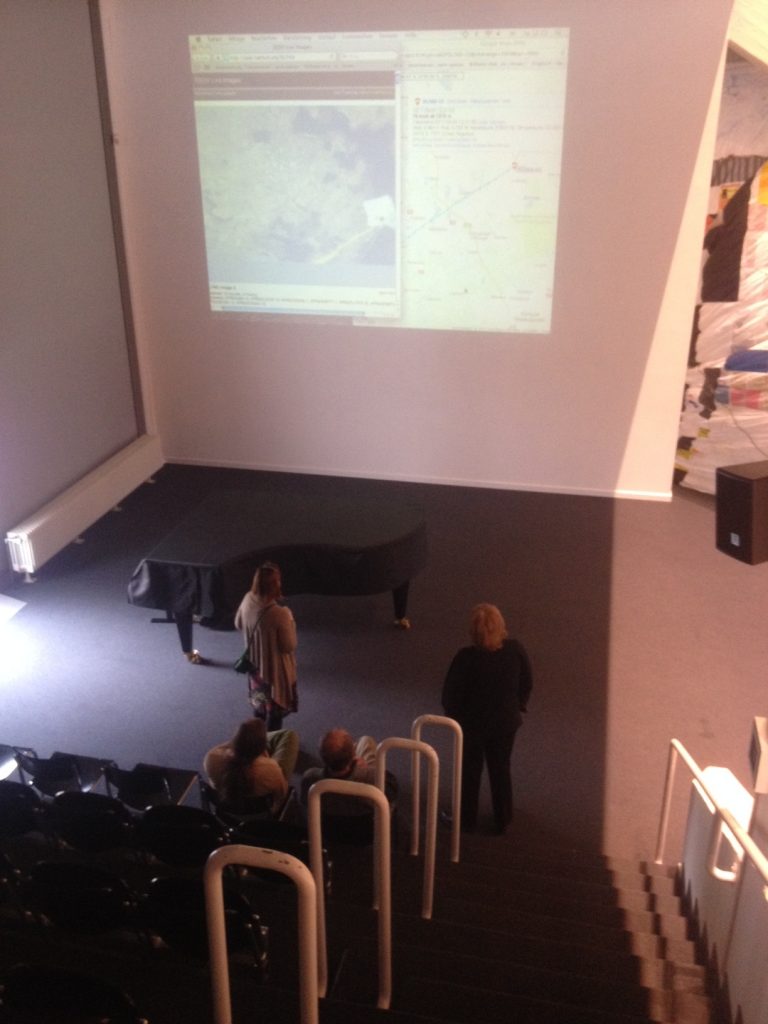
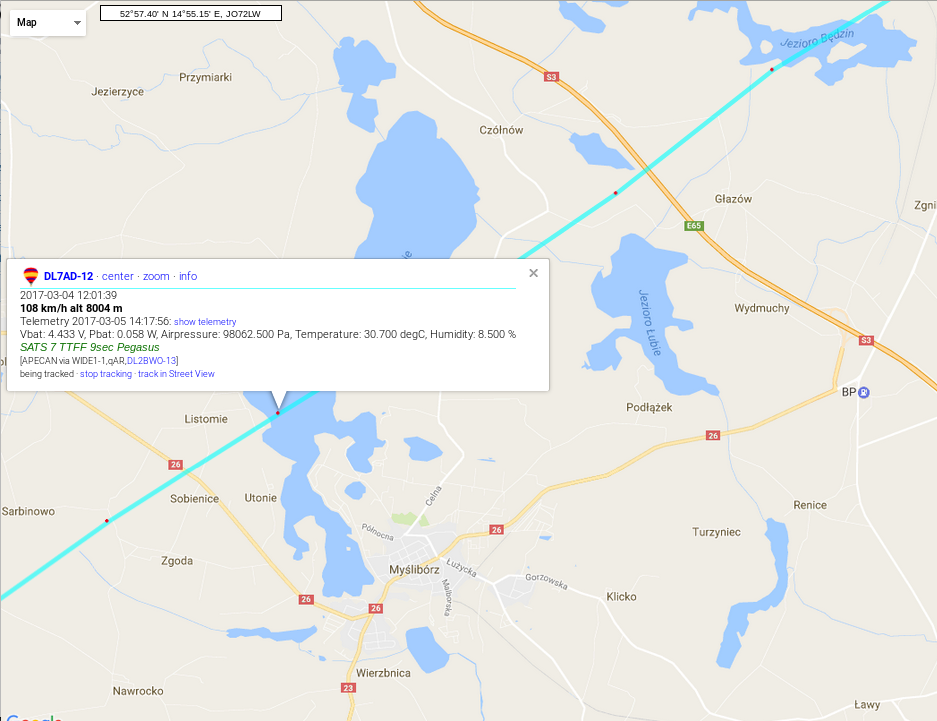

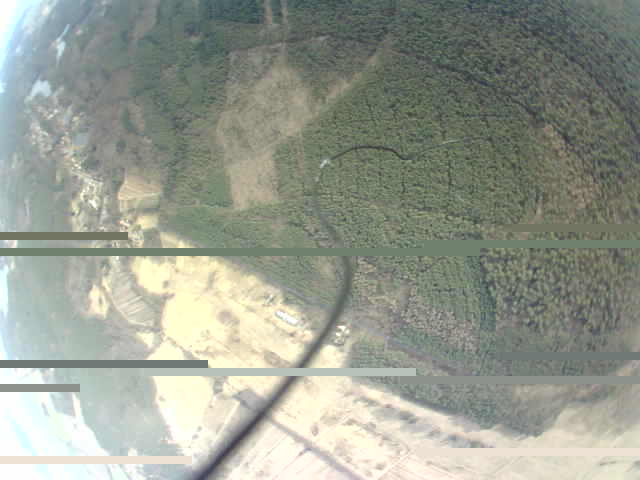
Meanwhile, back on Earth... As the weather conditions were still favourable, we prepared our final sculpture for launch. This sculpture, the Schellin, was outfitted with a cut-down mechanism, in order to test our geo-fencing system.
Geo-fencing creates an invisible perimeter beyond reach an Aerocene sculpture can not cross. When the geo-fence is triggered, a cut-down mechanism will be activated, which will force the sculpture to descend. This is a way of making sure an Aerocene does not float over areas where recovery would be problematic, i.e. over the ocean. Thanks to Alexander Bouchner from TU-Braunschweig for developing a cut-down mechanism for this experiment.
Due to the position of the sculpture and wind speeds, the Schellin did not launch on the first attempt, but we were determined to try again.
Finally, the Schellin lifted skyward, joining the other Aerocene sculptures in the ocean of air above us. Everyone was thrilled to be able to launch five Aerocene sculptures in a single morning!
Two Aerocene sculptures, the Pegasi and the Schellin, were still floating in the air, and we continued to track their movements, soon discovering that both had crossed the German border into Poland. While some of the group then finished the launch by packing up and having a nice lunch, two of us jumped in a van and started to follow the Pegasi eastward, via the Pican Pica and SPOT trackers, hoping to recover them when they landed.
It was discovered that Pegasi sculpture landed in northwest Poland at 12:52 p.m. Launched at 10:02 a.m. on 4 March 2017, the Pegasi floated nearly 3 hours and reached an altitude of 9 km before landing! We are now trying to determine the reason for the Pegasi’s relatively sudden descent.


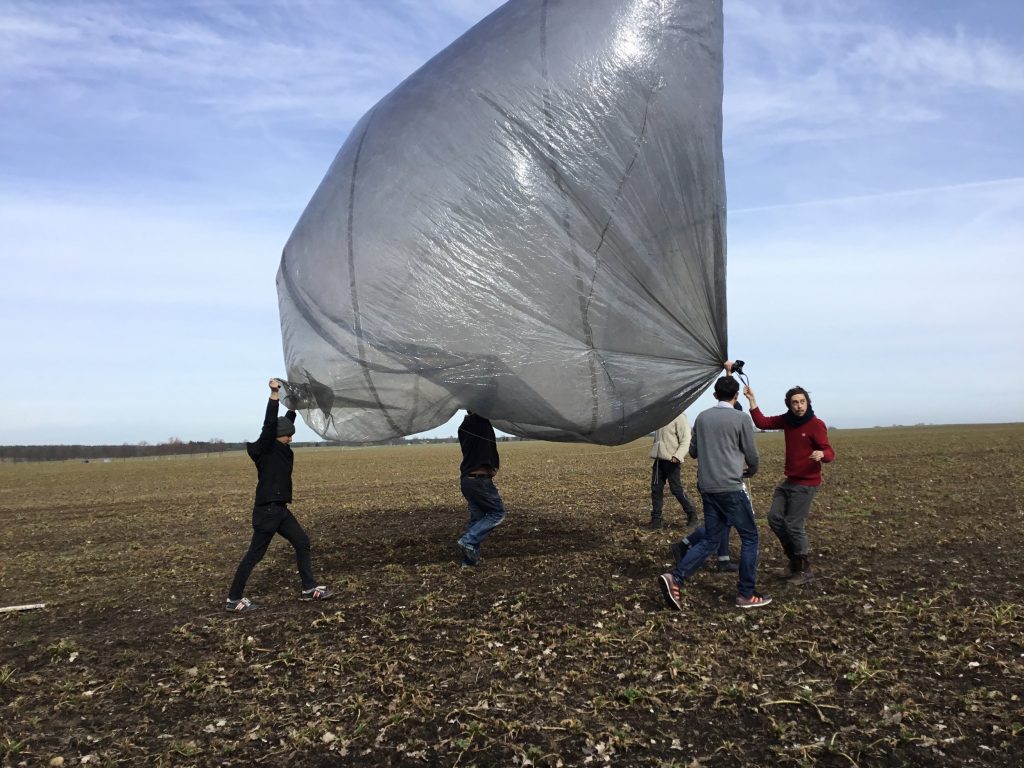


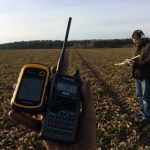
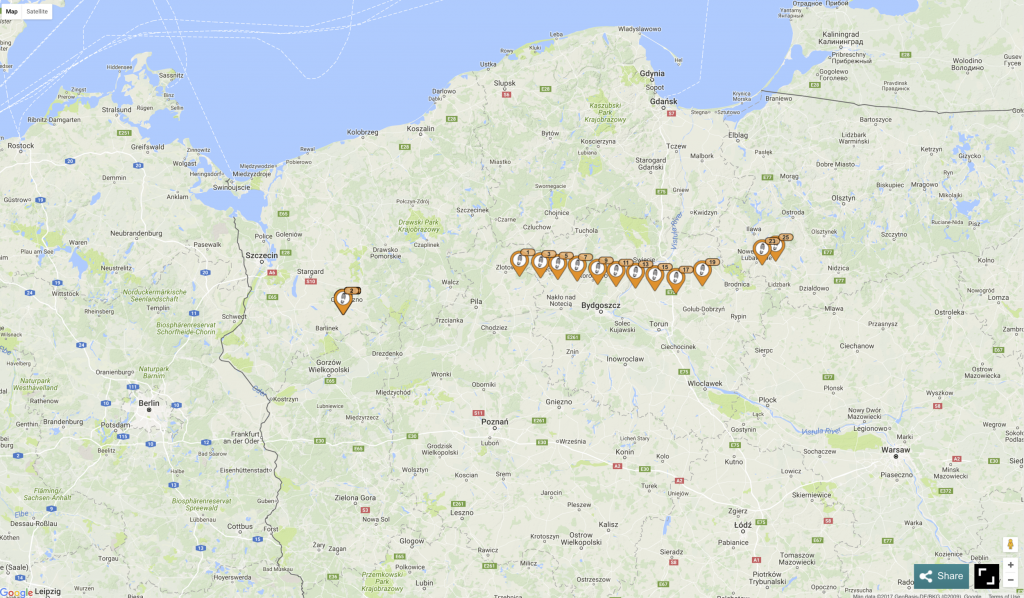
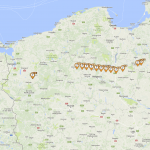
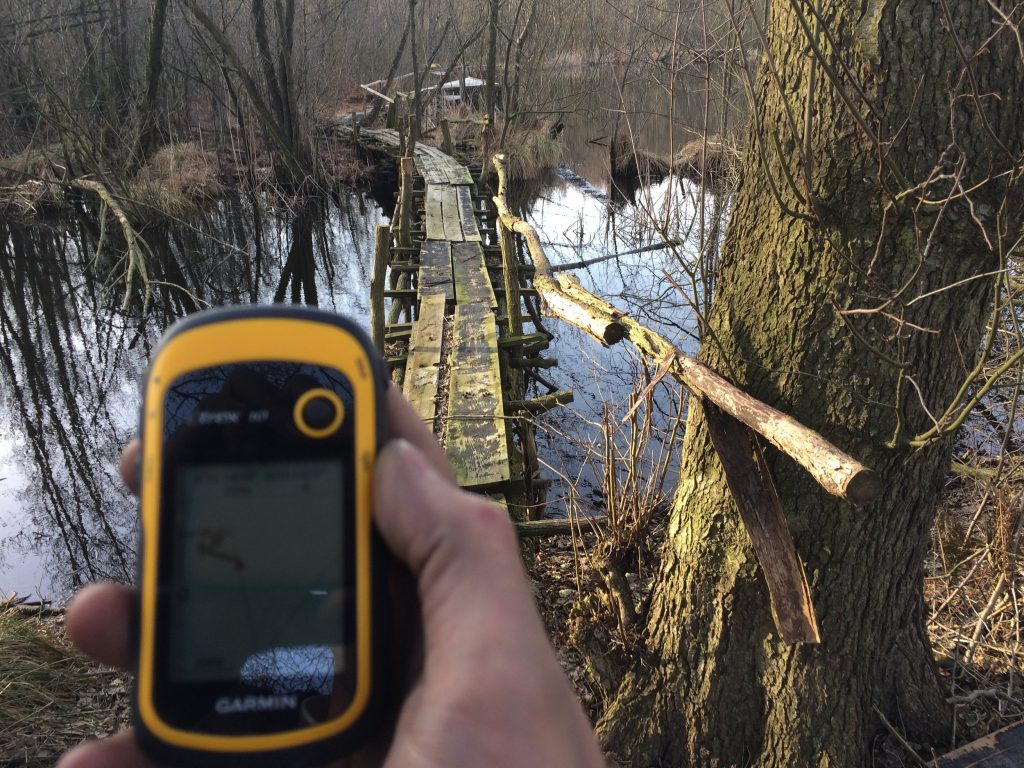
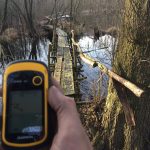
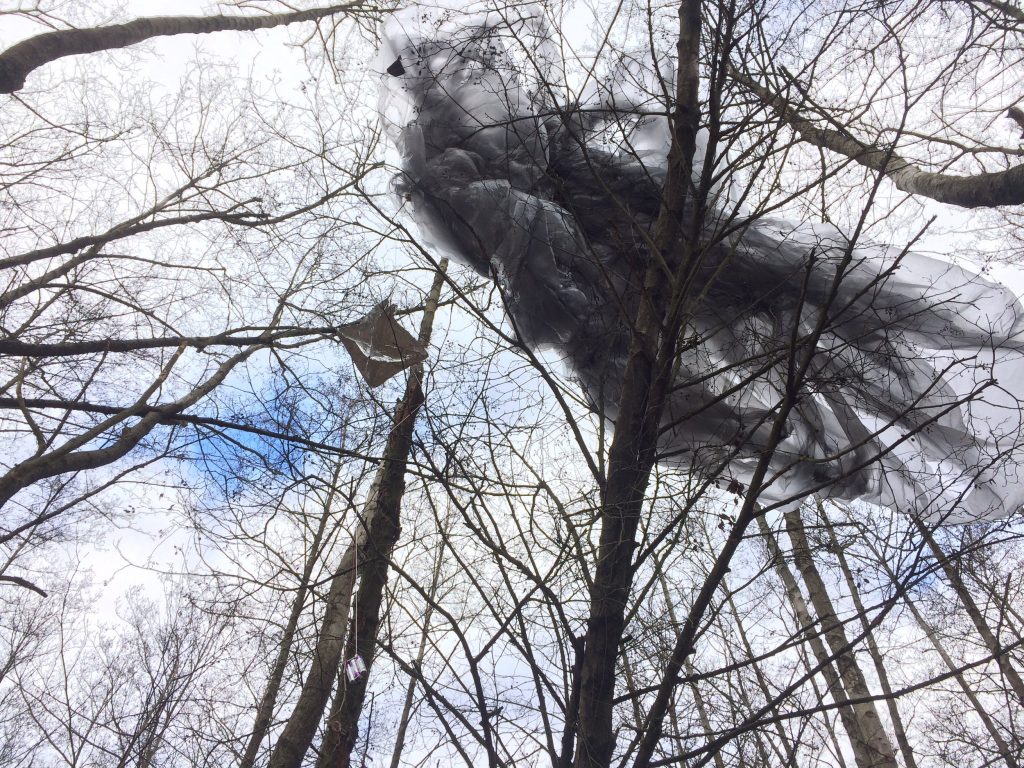

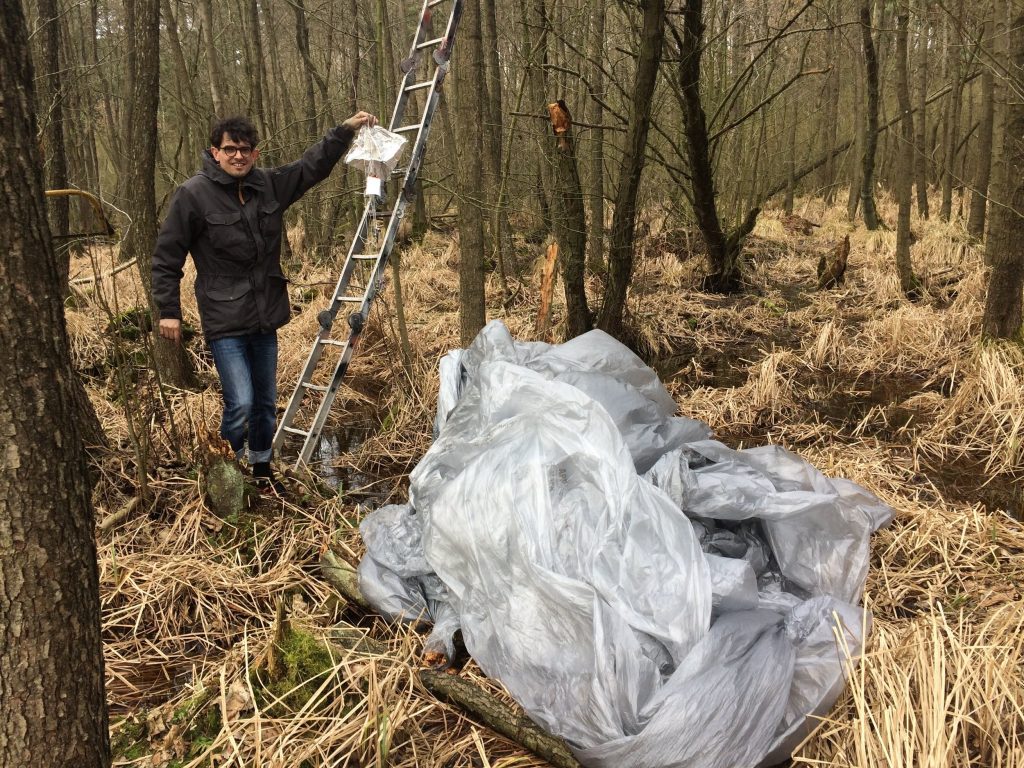


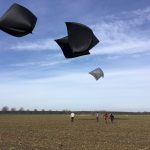
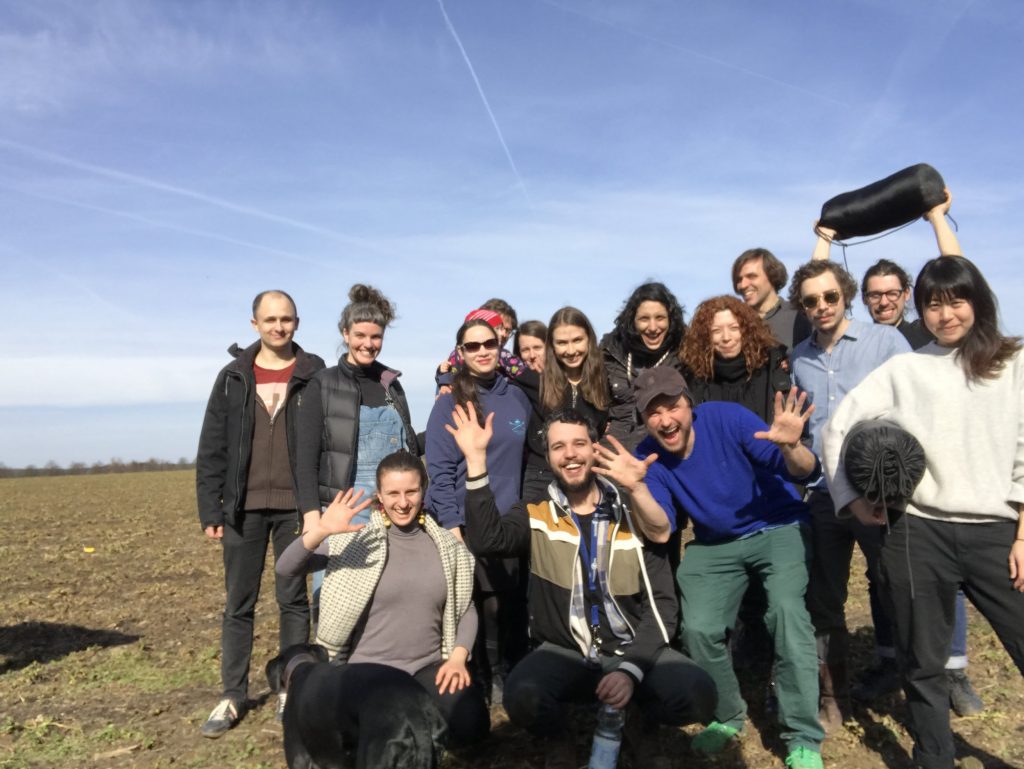



Our stellar team tracked the Pegasi soon after it landed around 3:00 p.m. in an area close to Glezno, Poland.
The Pegasi sculpture landed high in the trees near a small lake in a marsh area. The team managed to retrieve it the next morning with some very kind help from the local residents.
Many thanks to everyone who joined the 4 March 2017 Schönfelde launch both online and in person, and to Wilhelm-Hack-Museum, Ludwigshafen am Rhein, Museum Haus Konstruktiv, Zurich, Public Laboratory for Open Technology and Science, and Radioamateur for their invaluable support and dedication. If you would like to get involved in preparing for the next Aerocene launch, write to us at info@aerocene.org. Until next time…!
THE 51 PEGASI B FLOAT DATA:
STARTING POINT:
03/04/2017 10:02:51 AM
52.45095, 14.0485
LANDING POINT:
03/05/2017 12:52:06 AM
53.14799, 15.345
DURATION:
2:49:15 H
DISTANCE:
127 KM
SCHELLIN FLOAT DATA:
STARTING POINT:
03/04/2017 11:09:50 AM
52.45106, 14.04846
LANDING POINT:
03/04/2017 07:37:40 PM
53.71835, 20.09727
DURATION:
8:28:50 H
DISTANCE:
475 KM
